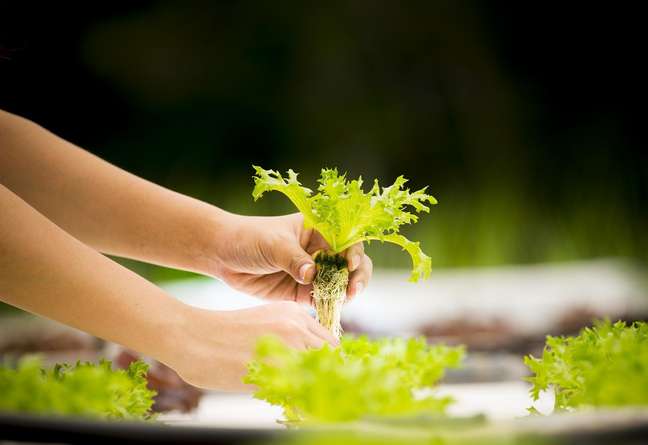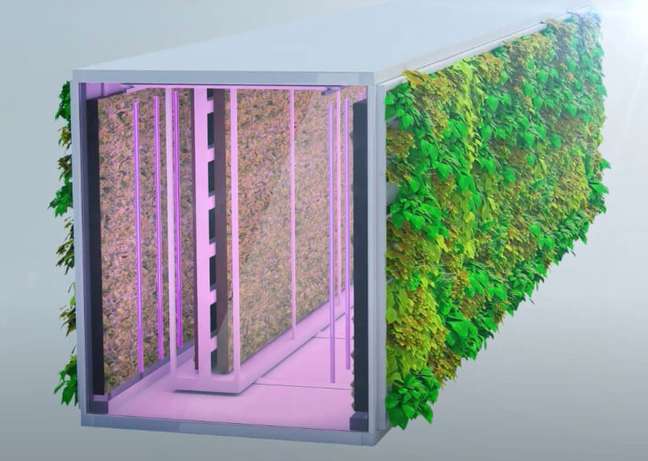Indoor food productions use LED lights, are sustainable and produce organic products

Have you ever heard of it vertical farms? Created with large urban centers in mind, the practice has been considered the future of agriculture for the next generations, as it uses automation with the lowest possible environmental impact. They are spaces where food production takes place in an environment protected from sunlight, rain, wind and far from the ground.. As if it were a laboratory in an urban center. The magic happens thanks to the lighting made by blue, red and white LED lamps, which together leave the environment with a shade of pink that replaces the sunlight.
A British MarketsandMarkets survey found that vertical farms are expected to triple their market by 2026, from $ 3.31 billion in 2021 to $ 9.7 billion over the next five years. The report “Indoor Farming Market Size, Share & Trend Analysis”, conducted by Indian Grand View Research, extended the timing of the analysis and predicts that by 2028 the global vertical farming market will reach $ 17.6 billion dollars.
The institutions that carried out the research also explained that the growth of this sector is due to the increase in population, mainly in countries such as China and India. In this way there is a growing need for new planting methods that provide, among other resources, food for the population and alternatives are sought that use less renewable methods, but which satisfy this demand.

In addition, Assunta Lisieux, head of the LED lighting (ONNO) line at Varixx, a manufacturer of power electronics equipment and systems, added that the pandemic had an impact on this sector as well, as people ended up worrying. more about having healthy food. and its effects, such as immunity, thus opting for organic products. And because vertical farms are grown in clean environments designed to be more practical, they have become a viable option for this audience.
In general, vertical farms can have different models and shapes, but the most common are those based on constructions, i.e. inside buildings, sheds or roofs, as they present the possibility of being scalable.

From this practice, the products can be obtained with hydroponics (when the plants have only contact with water through the root) or aeroponics (with plants suspended and fed by sprinklers). In both cases, the premises are closed, air-conditioned, according to the needs of the cultivated plant, and controlled by an interconnected system.
“Another important point is that in this model of agriculture there is no type of crop protection, chemical or biological, but it has lights, which are usually led and colored, because combined they give the plants the energy necessary to carry out photosynthesis. “, says Assunta.
+The best content in your email for free. Choose your favorite Earth Newsletter. Click here!
Source: Terra
Benjamin Smith is a fashion journalist and author at Gossipify, known for his coverage of the latest fashion trends and industry insights. He writes about clothing, shoes, accessories, and runway shows, providing in-depth analysis and unique perspectives. He’s respected for his ability to spot emerging designers and trends, and for providing practical fashion advice to readers.







